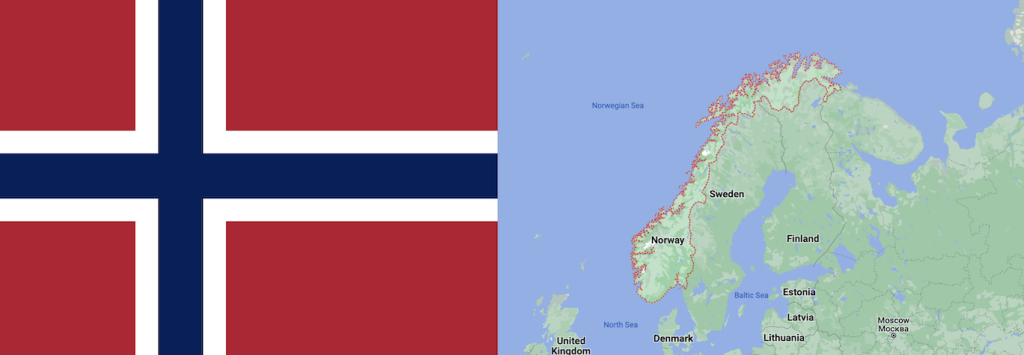Norwegians take their winter beers seriously. Each year, there are over 300 different brands of juleøl for sale, with just under 200 of them brewed in Scandinavia. Winter and holiday beers are popular in the other Scandinavian countries and in northern Europe, so of course Norway imports many of these international beers as well. The word juleøl is a concatenation of jule — the winter holiday season — and øl, the Norwegain word for beer. Øl is pronounced like “pull” or “hull” in English, without the leading consonant. The whole word sounds like “you’ll ull.” In other words, the “j” is not pronouced as it is in “jitter” or “Jill.”
Norway has some restrictive laws pertaining to the sale of alcohol. Beer is expensive in Norway because the high tax rate on it is high. And discounts on alcohol are prohibited. Additionally, alcohol advertisements are also prohibited in Norway. However, Norway takes their freedom of the press very seriously and every year the Norwegian press prints lists of the best juleøls. So beer lovers have some ideas about what beers to search for.
To buy juleøl, Norwegians must go to their local Vinmonopolet — the government-run liquor store for anything over 4.7% alcohol by volume (ABV). The word Vinmonopolet translates literally as wine monopoly as they are the only outlets from strong beer, wine, and spirits in Norway. Around Christmas, the usual beer selection will be scaled back, and the shelves filled instead with juleøl. While there, Norwegians may probably also pick up some glogg (mulled wine) or aquavit, the caraway-favored distilled spirit that’s popular year-round in Scandinavia.
Juleøl is not style of beer in the sense of having to fall within certain guidelines. Any beer available during jule can be a juleøl. However, there are some characteristics most share. Juleøls — juleøler in Norwegian — are usually strong beers, albiet not insanely strong. Beers in the 6–7% ABV range are common, but a few are over 10% ABV. Many are amber or dark brown, although pale versions are not unheard of. Some are spiced although others aren’t. Common descriptors of the best juleøler include malty, dried fruit, and caramel. They are generally not heavily hopped.
Homebrewers should feel free to make any beer they would enjoy over the winter and call it a juleøl. If you’re looking for some ideas, I was a guest on James Spencer’s podcast, Basic Brewing Radio somewhat recently (October 13). We discussed how to formulate a winter beer. Not specifically a juleøl, but it could be. I did publish a juleøl recipe in Mother Earth News a couple years ago.


Recent Comments